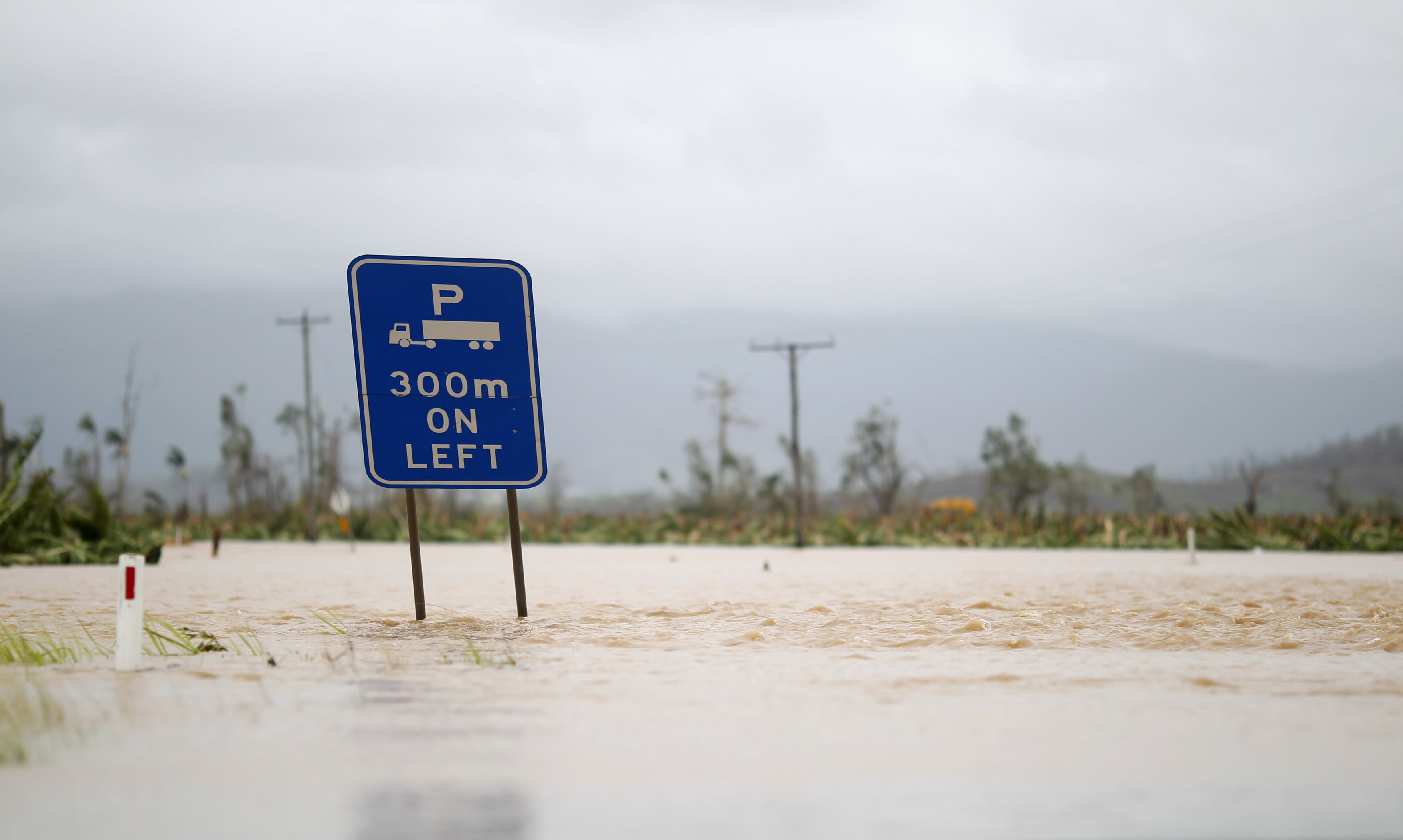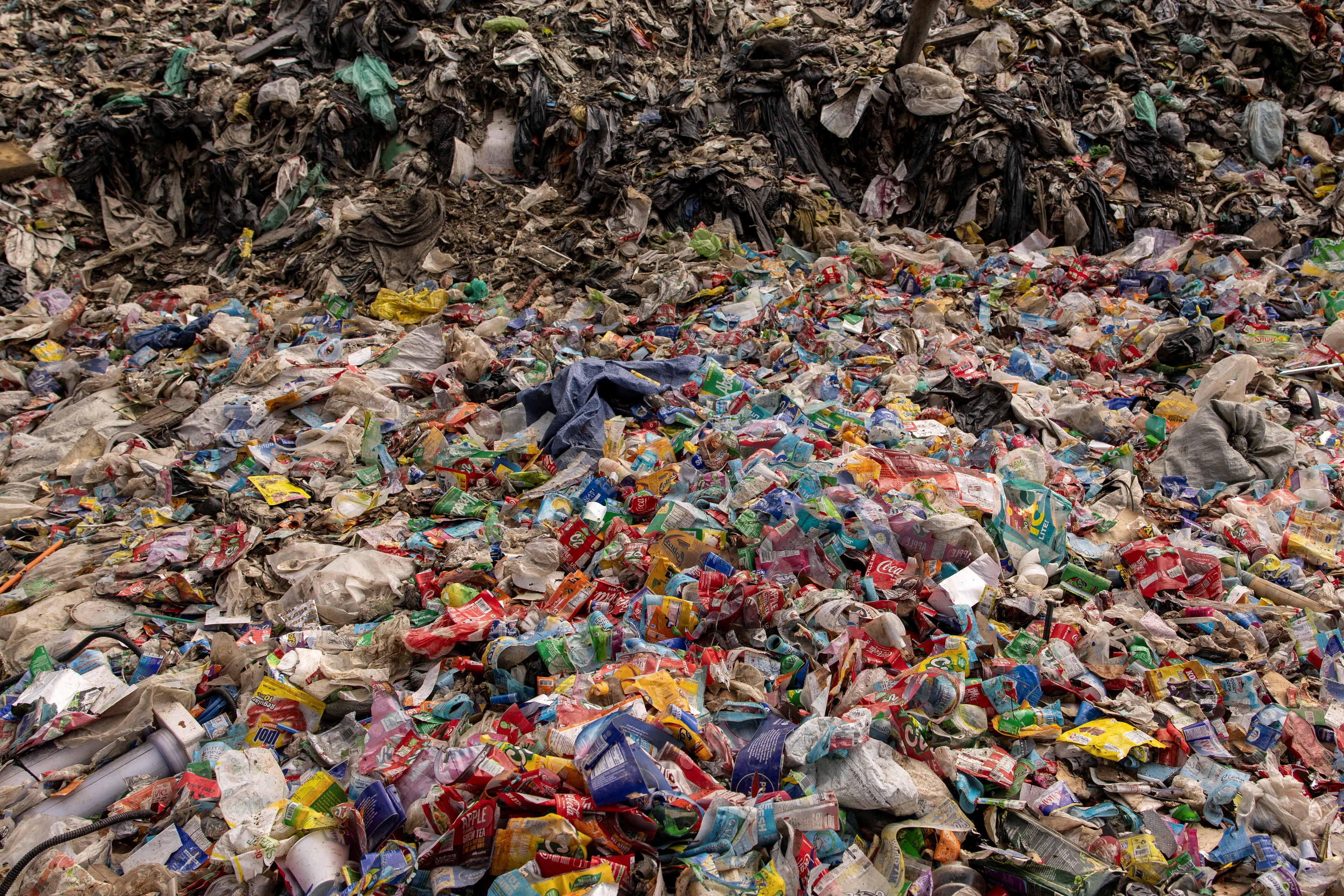Ocean biodiversity is under threat and technology can help save it
CMAR’s work in protecting ocean biodiversity is not only a victory for marine conservation, it is also a clarion call for the role of digital innovation in delivering sustainable ocean governance.
Image: Getty Images
Stay up to date:
Ocean
- The Eastern Tropical Pacific Marine Corridor, or CMAR, was set up by four Latin American countries to safeguard their marine protected areas.
- But it is one thing to pledge safeguards to ocean biodiversity and another to ensure them by monitoring and enforcing rules across oceans.
- As the UN Biodiversity Conference 2024 meets in Colombia, here's how the CMAR is leading a digital revolution to protect our high seas.
The Pacific Ocean off the coasts of Central and South America is home to some of the richest concentrations of biodiversity on Earth, a haven for marine life ranging from whales, sharks, dolphins and sea turtles to vibrant corals, dense schools of pelagic fish and tiny phytoplankton.
Marine life is so abundant here that in 2004 the governments of Colombia, Costa Rica, Ecuador and Panama signed a declaration to establish the Eastern Tropical Pacific Marine Corridor, also known as CMAR, to connect their unique marine protected areas (MPAs) and safeguard the migratory pathways between them.
The creation of CMAR is no small accomplishment coming at a time when our ocean’s future is increasingly under threat. Indeed, today our planet’s ocean remains in uncharted territory amid a dramatic combination of climate change, pollution, and illegal, unreported and unregulated (IUU) fishing.
According to the United Nations, the picture is stark: the ocean covers 70% of the planet, but 90% of its big fish populations are depleted while 50% of coral reefs are destroyed. Marine biodiversity – and the ocean itself – has reached a tipping point.
A tipping point, however, is a far cry from a point of no return. Over the past 20 years, CMAR’s growing successes have seen it double in size, expanding from an initial five marine protected areas to 10 – a formidable cluster that includes renowned biodiversity hotspots such as Cocos Island and the Galapagos Islands and now spans some 2 million square kilometres of ocean.
This is a triumph for CMAR and the four Latin American nations that founded it, and represents a critical step in the right direction for global marine conservation. Many peer-reviewed studies, in fact, show that creating large marine protected areas and ensuring wildlife can move among them has enormous benefits – not only within those areas but for nearby fisheries as well.
Research also shows that well-protected marine protected areas are more resilient than other areas to the effects of climate change, and that those benefits also extend beyond MPA boundaries.
These safeguards are crucial to achieving the global goal of protecting at least 30% of the ocean by 2030 – known as the 30 by 30 target – which the 196 member countries of the Convention on Biological Diversity agreed to in December 2022.
Accept our marketing cookies to access this content.
These cookies are currently disabled in your browser.
But CMAR’s work in protecting ocean biodiversity is not only a victory for marine conservation, it is also a clarion call for the role of digital innovation in delivering sustainable ocean governance.
Because it is one thing to pledge safeguards to ocean biodiversity and quite another to ensure them by monitoring and enforcing rules across vast swathes of open ocean.
Importance of monitoring ocean conservation efforts
CMAR has the right tools in its conservation toolbox to do both, fortunately. Since 2022, the intergovernmental initiative has partnered with Global Fishing Watch, an international nonprofit organization working to map all human activity at sea, to strengthen its ability in effectively managing and monitoring its MPAs through cutting-edge technology and data.
By leveraging satellite imagery, machine learning and human expertise for gathering and interpreting data, Global Fishing Watch’s Marine Manager tool is helping CMAR acquire a more complete view of commercial fishing, maritime transport and tourism activities as well as providing insights into critical environmental and oceanographic data that affect the marine protected areas in its jurisdiction.
That data includes 30 distinct layers of information on human, biological and oceanographic activity, including the movement of satellite transmitting vessels, sea surface temperature, bathymetry, oxygen concentration, and salinity levels – all of which are critical for CMAR’s efforts in monitoring the health and security of its precious ocean resources.
Indeed, the tech portal that is Marine Manager has proved a valuable tool for supporting CMAR’s conservation efforts. Launched in 2022 by Global Fishing Watch and ocean advocate Dona Bertarelli, it supports the effective design, management and monitoring of protected areas while also showing how key data changes over time, particularly following the implementation of new management measures.
It can also analyse data, giving CMAR management instant insight into potentially vulnerable areas of the ocean and – when combined with other Global Fishing Watch tools – showing who is behind threatening or suspicious activity.
And yet, praise for CMAR’s achievements would ring hollow without results. That’s why when Costa Rican authorities announced earlier this year, a drop in illegal fishing activity in the Cocos Island National Park, crediting Global Fishing Watch and Canada’s Dark Vessel Detection programme with assisting officials in their monitoring and control efforts, it marked a watershed moment for technology’s role in driving forward our collective sustainability agenda.
Success, as they say, is measured by impact – and CMAR’s impact is concrete, visible and digitally driven.
Critical time for oceans and marine biodiversity
The global community today is at a critical juncture with marine biodiversity, ocean protection and governance. As heads of government meet in Cali, Colombia for the 2024 United Nations Biodiversity Conference, the future of our planet’s environmental well-being is once again in the spotlight.
How we move forward has enormous implications for the future of the marine environment and the billions of people who rely on it for food, livelihoods, community and more.
What's the World Economic Forum doing about the ocean?
What is clearer than ever is that digital platforms such as Marine Manager are increasingly critical to achieving humanity’s environmental and sustainability goals.
And as we close in on our 30 by 30 objective, governments must show the political will to not only define their commitment to protecting ocean biodiversity and ensuring marine conservation, but also in using technological tools to act on those commitments.
Initiatives such as CMAR are paving the way forward in leveraging these digital technologies. Now it's time for others to follow suit.
Don't miss any update on this topic
Create a free account and access your personalized content collection with our latest publications and analyses.
License and Republishing
World Economic Forum articles may be republished in accordance with the Creative Commons Attribution-NonCommercial-NoDerivatives 4.0 International Public License, and in accordance with our Terms of Use.
The views expressed in this article are those of the author alone and not the World Economic Forum.
Forum Stories newsletter
Bringing you weekly curated insights and analysis on the global issues that matter.
More on Nature and BiodiversitySee all
Tom Crowfoot
September 18, 2025
Caroline Meech and Sakshee Singh
September 17, 2025
Tania Strauss and Beverley Postma
September 17, 2025
Metolo Foyet
September 16, 2025
Mark Gough and Naoko Ishii
September 15, 2025




